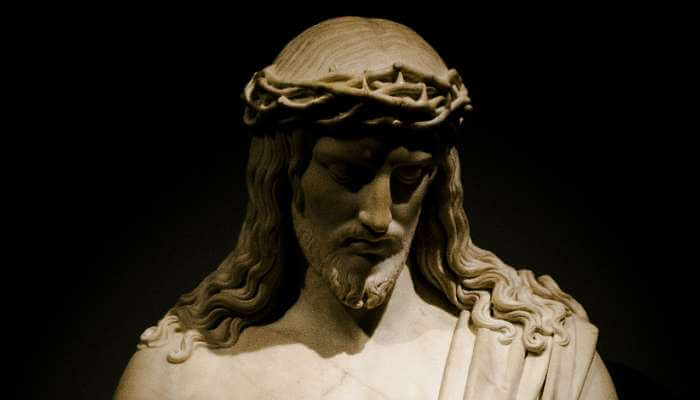Clarence Jordan was the first and probably only man I’ve ever heard speak who, had he pointed his finger at me and said, “Lay down your nets and follow me,“ I would have followed.
Maybe that’s because he was one of the few men I’ve ever met who knew exactly where he was going.
The year was 1953. I was a junior English major at Mercer University, a Baptist school in Macon, Georgia. Ray Brewster, who was the university chaplain, had invited Jordan (pronounced JUR-dan in south Georgia) to drive over from Koinonia Farms, the community near Americus Jordan had birthed in the 50s, to speak to the Baptist ministerial students. Brewster made a special trip up to my room in the ATO fraternity suite to invite me.
Why me? I wasn’t a ministerial student. I was cynical, active in campus politics and athletics, with no good word for the campus preacher-boys. Perhaps, as I think back to that time 34 (now 70) years ago, Brewster sensed I was struggling with God’s call on my life. I agreed to go hear this man who had given up his secure position as professor of Greek at Southern Baptist Seminary to start the South’s first interracial farm.
Koinonia Farms was my first exposure to community. Clarence Jordan was my first exposure to someone who was willing to give his life to follow Jesus. Every other Christian I knew—including myself—used the teachings of Jesus to justify their worldly lifestyle. Jordan was determined to live the lifestyle of Jesus.
Only about five or six of the more than 150 ministerial students on campus turned out to hear him. After listening, I could understand why.
He was poor. I mean he was poor on purpose. His hair needed cutting, his suit (I discovered it was borrowed) was frayed and unpressed. He and the handful of others who lived in the simple buildings on the farm, held all things in common. That was radical enough to cause the area residents to accuse him of being a communist. Not only that, blacks as well as whites were welcome at Koinonia Farms. That was radical enough—in the ‘50s—to cause the area residents to dynamite his buildings, fire shotguns at his old car as he drove down the road at night, and burn crosses on the community’s property.
He spoke that afternoon about how “the foxes have holes and the birds of the air have nests, but the Son of Man has no place to lay His head … Follow me, and let the dead bury their dead.” Few leap to their feet and say “Send me!” after that kind of message. But my heart burned within, for I knew this man represented Jesus.
It was Clarence Jordan who asked that afternoon: “If Jesus were here today, would He drive a Mercedes?”
I am not one of those who believes that Jesus wants us all poor. Neither am I one who believes Jesus wants us all rich. Jesus wants us to have enough to do what He’s called us to do.
The question, of course, is not about custom drapes or expensive automobiles. It is about attitude.
The question is: What does God want me to drive?
I never saw Clarence Jordan after that dreary winter afternoon in early 1953. He returned to Americus and lived out his life helping the poor. He walked side-by-side with his wife, Florence, who died in June (1987).
People continued to try to kill him but never were quite successful. We never corresponded. I never visited Koinonia Farms, but I read everything I could find about it. For, you see, his question still haunts me.
What would Jesus drive?
Jamie Buckingham wrote 153 “Last Word” columns for Charisma magazine from 1979 to 1992. His singular voice was animated by a heart for Jesus and his baptism in the power of the Holy Spirit in 1967 at a Full Gospel Businessmen’s convention. Buckingham was the steadying force during the television ministry scandals of the 1980s, penning the seminal article on the PTL scandal, “God Is Shaking His Church” in May 1986. “Charisma Classics” are from his 1993 Creation House book, Look Out World, I’m Me.














































